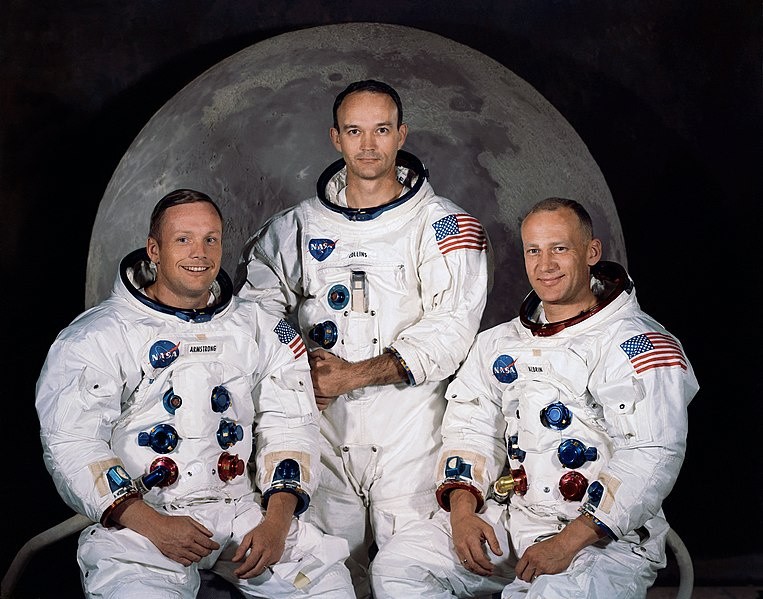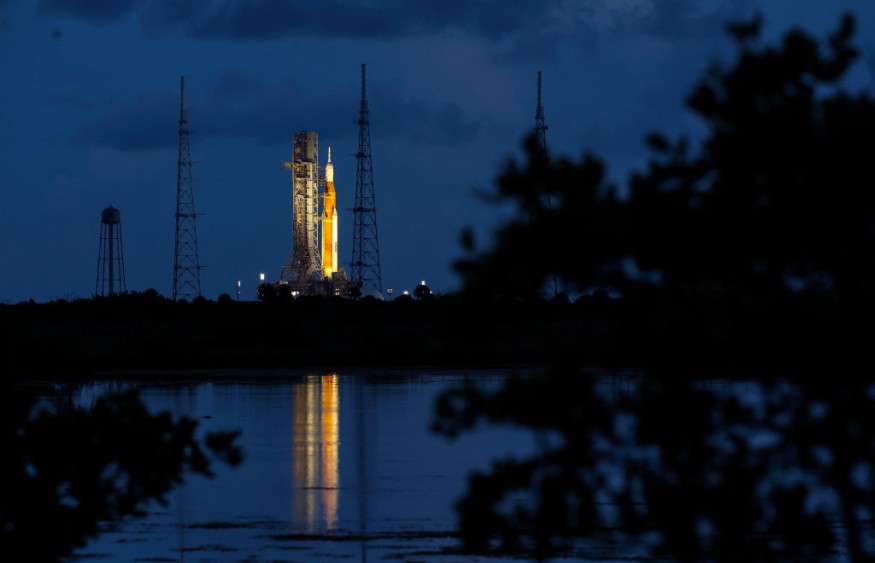The countdown to NASA's new Artemis I moon rocket's historic launch has begun. If the weather doesn't prevent NASA's new mega-rocket from taking off on Saturday in front of 100,000 people, it will bring us one step closer to returning to the moon.

Looking Back

The time was suppertime on the East Coast on December 14, 1972. Two Americans launched off the moon's surface when many others sat down to eat dinner, leaving behind footprints and the legacy of the Apollo program.
In the coming days, NASA will make a significant step toward bringing humans to the moon once more. It has been nearly 50 years since astronauts Eugene Cernan and Harrison Schmitt walked on the lunar surface on humanity's most recent mission to the moon.
A Step Closer BACK
On Saturday, September 3, NASA's brand-new rocket, the Space Launch System (SLS), is scheduled to launch into space for the first time. The Artemis mission will begin with an uncrewed launch, which aims to bring humans back to the moon and have the first woman and the first person of color walk on its surface.
NASA Administrator Bill Nelson said, "Under Artemis, NASA will conduct a series of ground-breaking missions on and around the Moon to prepare for humanity's next big leap: a crewed journey to Mars.
Much-Awaited Launch

The much-awaited launch was initially scheduled to happen at 8:33 a.m. on Monday, August 29. EDT, however, a problem with one of the rocket's main engines forced the launch attempt to be aborted. Rain moved into the area just before NASA announced the scrub, delaying the launch if it weren't for the engine problem.
It will attempt to launch again at 2:17 p.m. EDT on September 3 (Saturday).
Since the end of the Space Shuttle era in 2011, NASA and its partners have been developing the rocket and the Orion spacecraft in preparation for the forthcoming flight.
Since the final shuttle mission, NASA has relied on SpaceX, United Launch Alliance (ULA), and other launch companies to send astronauts, cargo, and satellites to the International Space Station and into low-Earth orbit.
SLS won't replace the rockets launched by SpaceX and ULA. The new, super heavy-lift rocket will serve as the main means of propulsion for missions outside of low Earth orbit, such as crewed trips to the moon and perhaps even Mars.
The Orion spacecraft will demonstrate its capabilities on a trip to the moon, a prolonged moon orbit, and a return trip to Earth during the 38-42 day Artemis I mission.
Artemis I
According to NASA, the unmanned Artemis I trip around the Moon will open a new exploration chapter and prepare the way for future crewed expeditions.
Spaceflightnow reported that a crewed journey to the moon will launch in 2024, followed by a lunar landing in 2025 or 2026, assuming the maiden voyage goes as planned and engineers do not run into severe problems.
13 areas, all close to the moon's south pole, have been selected by NASA scientists as probable landing sites. NASA selected these areas because it thinks that craters near the moon's poles could contain water in the form of ice.
New Era of Discovery
According to SPACE.com, over 100,000 people are expected to swarm the neighborhoods near Cape Canaveral, Florida, to see the launch. Those who are unable to travel can still view the historic flight online.
Nelson said that humanity would soon start a new period of discovery from this holy and revered location. NASA's dedication and ability to sustain human presence on the moon and beyond will be shown by Artemis I, according to NASA.
Related Article : Space Junk Heading Towards the Moon at Super Speed
For more Space news, don't forget to follow Nature World News!
© 2026 NatureWorldNews.com All rights reserved. Do not reproduce without permission.





